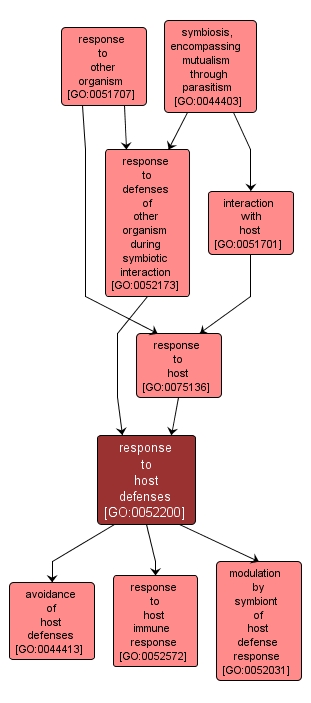| Desc: |
A change in state or activity of a cell or an organism (in terms of movement, secretion, enzyme production, gene expression, etc.) as a result of detecting the defenses of the host organism. The host is defined as the larger of the organisms involved in a symbiotic interaction. |














